There's something uniquely captivating about a detective story intertwined with the theme of lost love. These films not only challenge the mind with their puzzles and mysteries but also tug at the heartstrings with tales of love that was once found and then lost. This collection brings together 10 films where the search for truth is as much about solving a crime as it is about finding closure in matters of the heart. Whether you're a fan of classic noir or modern twists on the genre, these movies offer a blend of suspense, emotion, and unforgettable storytelling.
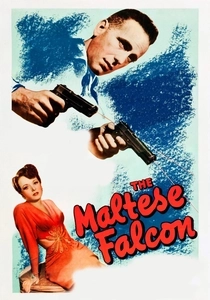
The Maltese Falcon (1941)
Description: Sam Spade, a hard-boiled detective, gets entangled in a case involving a valuable statue and a woman with a mysterious past. The film's narrative is rich with themes of lost love, betrayal, and the quest for something that might not even exist.
Fact: This was the third adaptation of Dashiell Hammett's novel, and the first to be faithful to the book. Humphrey Bogart's portrayal of Sam Spade became iconic in film noir.
 Watch Now
Watch Now 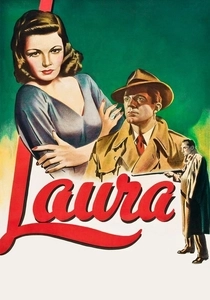
Laura (1944)
Description: Detective Mark McPherson becomes obsessed with the portrait of Laura Hunt, a woman he believes to be dead, as he investigates her murder. The film delves into themes of love, obsession, and the mystery of a woman who seems to have vanished, only to reappear in a surprising twist.
Fact: The film was adapted from Vera Caspary's novel, and its famous theme song "Laura" became a jazz standard. It was also one of the first films to use the technique of a flashback within a flashback.
 Watch Now
Watch Now 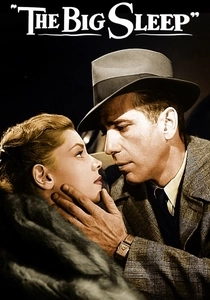
The Big Sleep (1946)
Description: Philip Marlowe, a private detective, is hired to investigate a case that spirals into a complex web involving murder, blackmail, and a past love. The film's intricate plot and the chemistry between Humphrey Bogart and Lauren Bacall make it a timeless entry in the detective genre, where love lost and found is as much a mystery as the case itself.
Fact: The screenplay was co-written by William Faulkner, and the film was directed by Howard Hawks. The ending was so confusing that even the director didn't fully understand it, leading to a re-shoot.
 Watch Now
Watch Now 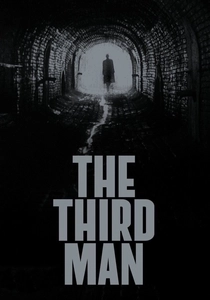
The Third Man (1949)
Description: In post-war Vienna, Holly Martins arrives to meet his friend Harry Lime, only to find him dead. As Martins investigates, he uncovers a web of deceit and a love story that adds depth to the mystery. The film's exploration of lost love is as haunting as its famous zither score.
Fact: Orson Welles improvised much of his dialogue, including the famous "cuckoo clock" speech. The film was shot on location in Vienna, adding to its authenticity.
 Watch Now
Watch Now 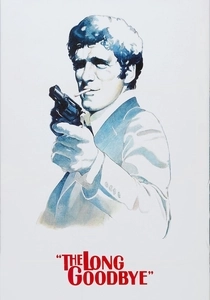
The Long Goodbye (1973)
Description: Philip Marlowe, portrayed by Elliott Gould, navigates the seedy underbelly of Los Angeles in search of his missing friend, uncovering a tale of love, betrayal, and murder. The film's unique take on the classic detective story includes a poignant subplot about lost love and loyalty.
Fact: Robert Altman directed this adaptation of Raymond Chandler's novel, and it was one of the first films to use the Steadicam. The ending was changed from the book, adding a layer of ambiguity.
 Watch Now
Watch Now 
Chinatown (1974)
Description: Jake Gittes, a private eye, is drawn into a labyrinthine plot of corruption and murder in 1930s Los Angeles. His investigation uncovers a dark secret involving a woman he once loved, making the film a poignant exploration of lost love amidst a backdrop of noir intrigue.
Fact: The film was nominated for 11 Academy Awards, including Best Picture, and won for Best Original Screenplay. The ending was famously changed from the original script, adding to its impact.
 Watch Now
Watch Now 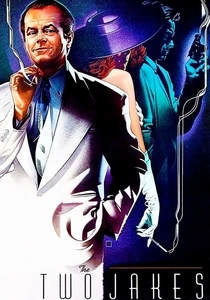
The Two Jakes (1990)
Description: Jake Gittes, now older and wiser, investigates another case that leads him back to the unresolved issues of "Chinatown," including a love story that never quite ended. The film's exploration of lost love and redemption adds depth to the detective narrative.
Fact: Jack Nicholson directed and starred in this sequel to "Chinatown." The film was originally intended to be the second part of a trilogy, but the third film was never made.
 Watch Now
Watch Now 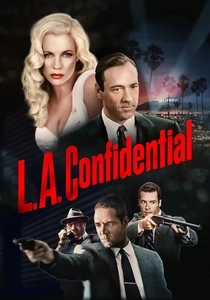
L.A. Confidential (1997)
Description: In 1950s Los Angeles, three cops with different motives investigate a series of murders, uncovering corruption and a love story that spans the city's dark underbelly. The film's intricate plot and character development make it a standout in the genre.
Fact: The film was nominated for nine Academy Awards, winning two, including Best Supporting Actress for Kim Basinger. It was also ranked by the American Film Institute as one of the top 100 American films.
 Watch Now
Watch Now 
Brick (2005)
Description: A teenage loner uses the hard-boiled detective style to investigate the disappearance of his ex-girlfriend, uncovering a high school drug ring. The film's unique blend of noir and teen drama explores themes of lost love and the search for truth.
Fact: This was Rian Johnson's directorial debut, and it was shot in just 20 days. The film's dialogue and structure pay homage to classic detective stories.
 Watch Now
Watch Now 
The Lady from Shanghai (1947)
Description: Michael O'Hara, a sailor, becomes embroiled in a web of deceit and murder involving a femme fatale. The film's complex narrative includes themes of lost love, betrayal, and the search for truth in a hall of mirrors.
Fact: Orson Welles directed and starred in this film, which features one of the most famous mirror scenes in cinema. The film was heavily edited by the studio, much to Welles' dismay.
 Watch Now
Watch Now 








